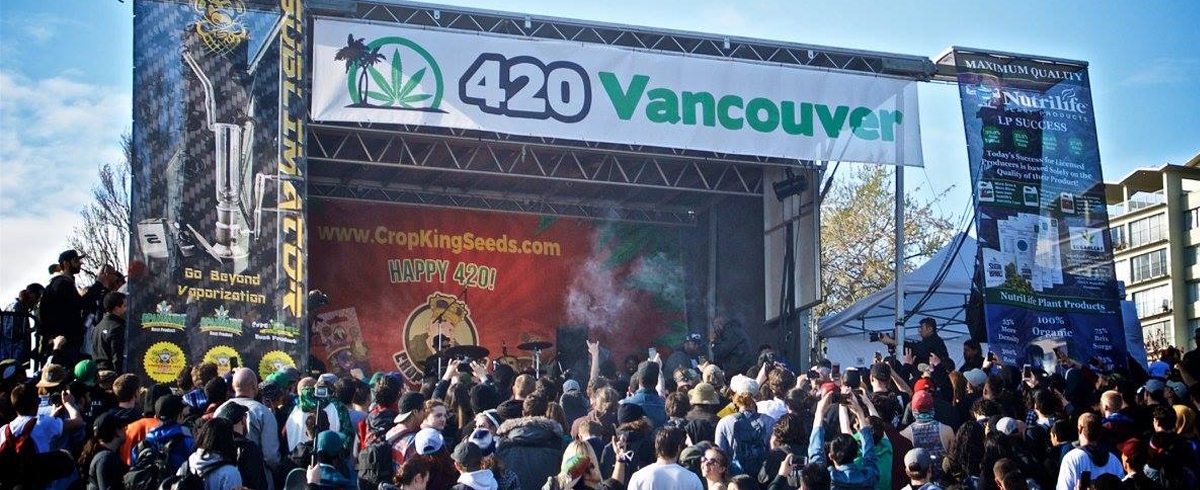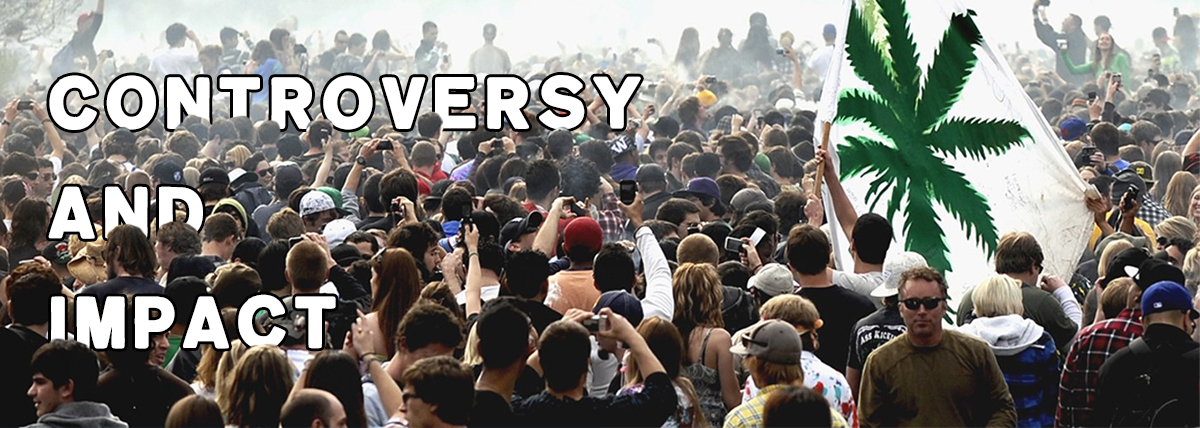We may often see the number "420" on cannabis-related web pages, so what does this number mean in cannabis?
In cannabis culture, it’s not just a number, it’s a collective revelry. Every year on April 20, cannabis enthusiasts around the world celebrate this day. You may ask, where does this number come from? Is there anything special? Let me tell you, there is a story behind this.
The origin and evolution of 420
The story begins in the 1970s in California, USA. At that time, a group of high school students, calling themselves "Waldos", five high school students, who later called themselves "Waldos", got their name because they often hung out by a wall outside the school, and began their unusual adventure.
Find a marijuana plant left in a hidden location nearby, based on a treasure map left behind by a marijuana grower.
They made a plan to gather under the statue of Louis Pasteur on the campus of Saint-Raphael High School at 4:20 pm after school to start their treasure hunt. They named this gathering time and event “4:20 Louis.”
Although their many attempts failed to find the legendary marijuana plant, the time "4:20" gradually evolved into an internal secret code between them to indicate marijuana smoking activities.
Over time, the term began to spread among their circle of friends. Particularly through one member of the Waldos, his association with the famous American rock band the Grateful Dead, the term "420" spread to a wider range of cannabis users and culture.

The spread of cannabis culture
Sweeping by the "420" trend, cannabis culture began to take root and sprout all over the world, profoundly affecting the fields of music, movies and even art. You see, in the music circle, cannabis culture and styles such as reggae, hip-hop, and rock are simply inseparable partners. Take Bob Marley, for example.
Not only was he a musical genius, his love of marijuana was almost as famous as his music, and he became the spokesperson for marijuana culture.
When it comes to the film industry, this cannabis culture is not far behind. From "Marijuana Smoke" in the 1970s to "Squirrel Wars" now, these films not only make people laugh out loud, but they also profoundly reflect the various contradictions and thinking of society's legal attitude towards marijuana. These films, through sharp humor and satire, prompted people to begin to face up to and discuss the topic of marijuana legalization.
Don’t forget, now that the Internet is so developed, discussions about cannabis on social media are also in full swing. Marijuana culture has spread rapidly through the power of the Internet, influencing the broader public’s perception of marijuana law and culture.
Controversy and Impact
While "420" has become a global cultural phenomenon, the topic of cannabis remains controversial. In some areas, cannabis is seen as a symbol of liberation, and its cultural significance and potential medical value are openly celebrated. However, in other places, it is still a legal prohibition and a social taboo.
On the one hand, many countries and regions have begun to reassess their legal stance on cannabis. The legalization of marijuana in Canada and some U.S. states has not only changed the legal landscape in these places, but has also had an important impact on society. Legalization brings new economic opportunities, increases tax revenue, and reduces legal disputes over marijuana-related issues.

Marijuana, on the other hand, remains illegal in many countries, and its use and trade can result in serious legal consequences. In these areas, cannabis remains strongly associated with criminal behavior and the public may have strong negative perceptions of cannabis. This divergent view not only affects cannabis users, but also puts policymakers under intense pressure as they consider legal reform.
Therefore, “420” carries different meanings in different cultural and legal contexts. While it symbolizes freedom and social progress, it also reveals deep divisions in global society over how to deal with this complex issue. These disputes not only demonstrate the conflict between law and culture, but also reflect society's struggle between tradition and modernity.
In celebrating the symbolic day of “420,” we are not only celebrating cannabis culture, but also thinking about a broader issue: how to find a balance between respecting freedom and ensuring public safety.
VANQ has 20 years of professional experience in the field of LED grow lights and has successfully served more than 3,000 customers. Click the dialog box below to contact us now. We will provide you with personalized planting solutions based on your planting needs. The first 30 people will receive a 10% discount coupon.























